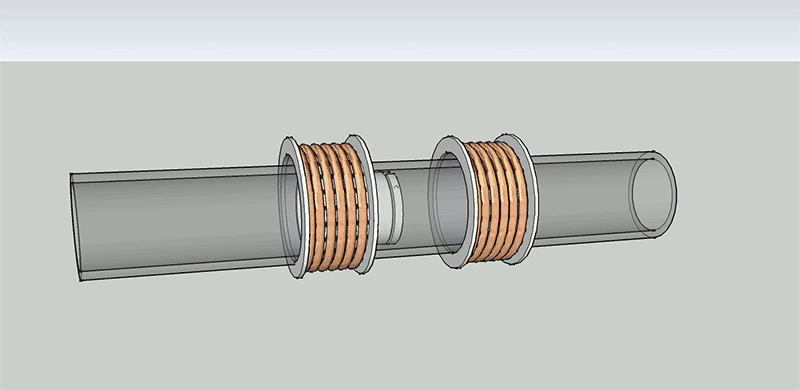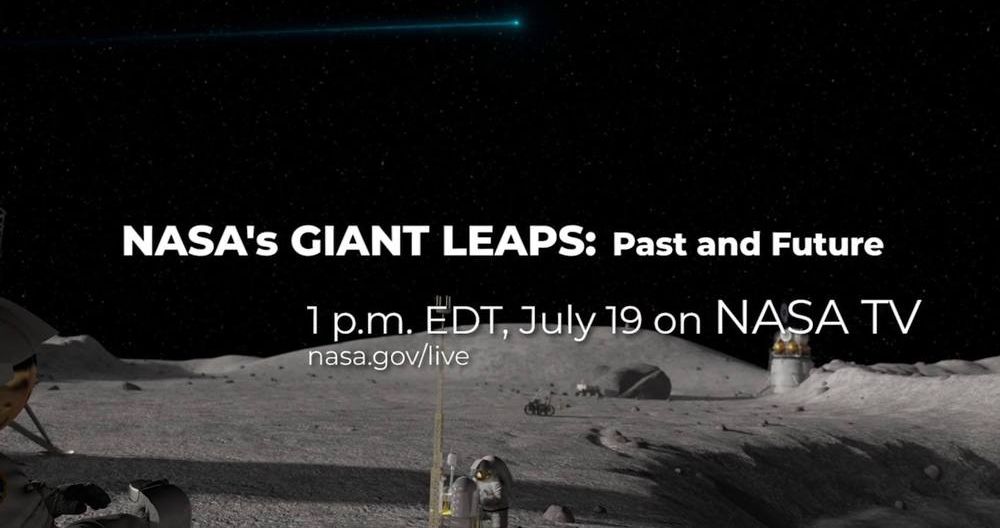
[Tom Clancy]’s The Hunt For Red October is a riveting tale of a high-level Soviet defector, a cunning young intelligence analyst, a chase across the North Atlantic, and a new submarine powered by a secret stealth ‘caterpillar’ drive. Of course there weren’t a whole lot of technical details in the book, but the basic idea of this propulsion system was a magnetohydrodynamic drive. Put salt water in a tube, wrap a coil of wire around the tube, run some current through the wire, and the water spits out the back. Yes, this is a real propulsion system, and there was a prototype ferry in Japan that used the technology, but really the whole idea of a caterpillar drive is just a weird footnote in the history of propulsion.
This project for the Hackaday Prize is probably the closest we’re going to see to a caterpillar drive, and it can do it on a small remote-controlled boat. Instead of forcing water out of the back of a tube with the help of magic pixies, it’s doing it with a piston. It’s a drive for a solar boat race, and if you look at the cutaway view, it does, indeed, look like a caterpillar.
Instead of pushing water through a tube by pushing water through a magnetic field, this drive system is something like a linear motor, moving a piston back and forth. The piston contains a valve, and when the piston moves one way, it sucks water in. When the piston moves in the opposite direction, it pushes water out.


 It has nothing to do with how many individuals can own bitcoin or its useful applications. It simply means that—if widely adopted as a payment instrument or as cash itself—the number of total units is capped at 21 million. But each unit can subdivided into very tiny pieces, and we can even give the tiny pieces a new name (like
It has nothing to do with how many individuals can own bitcoin or its useful applications. It simply means that—if widely adopted as a payment instrument or as cash itself—the number of total units is capped at 21 million. But each unit can subdivided into very tiny pieces, and we can even give the tiny pieces a new name (like 














